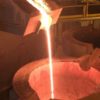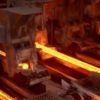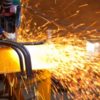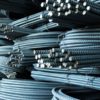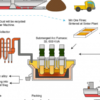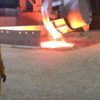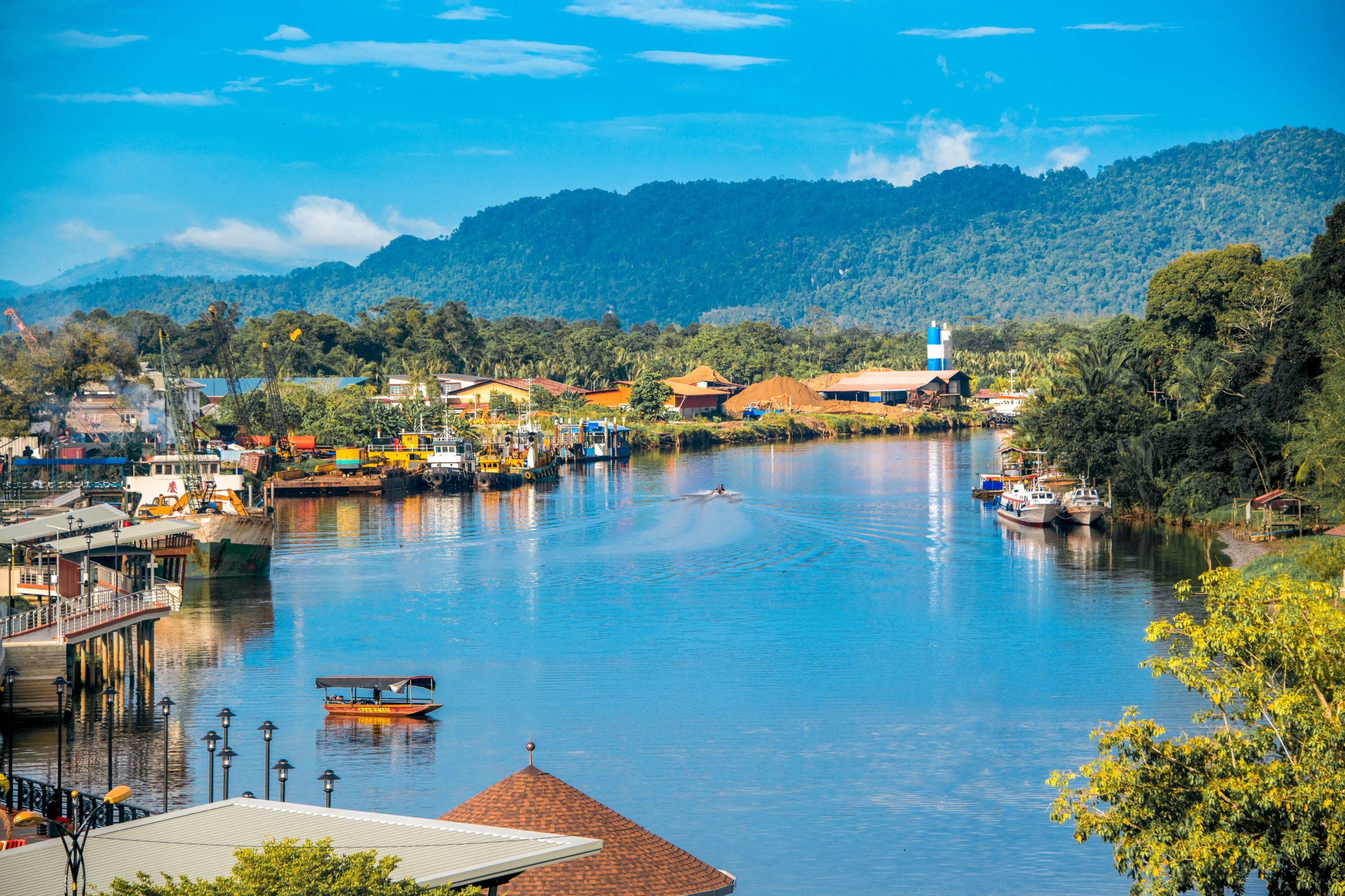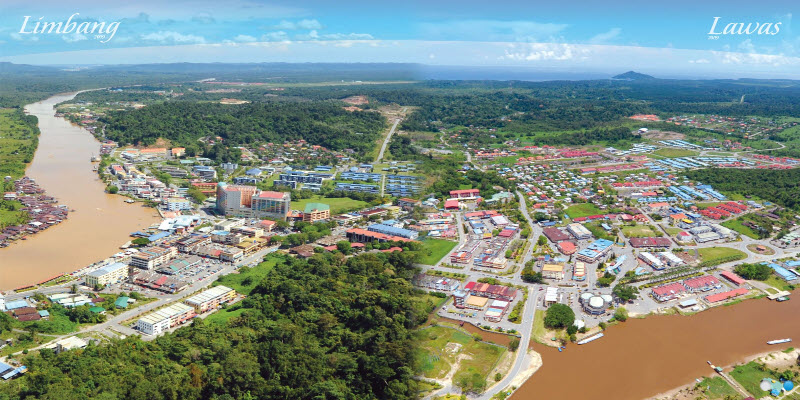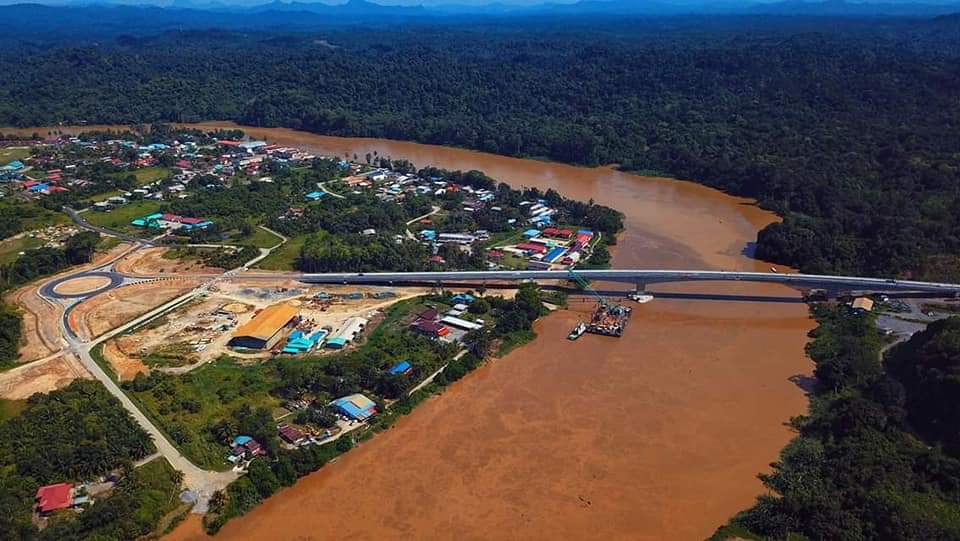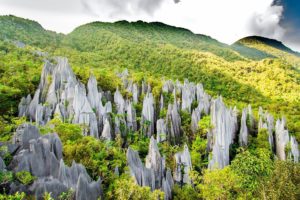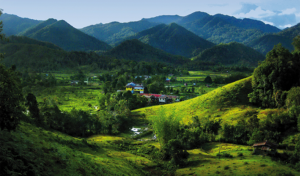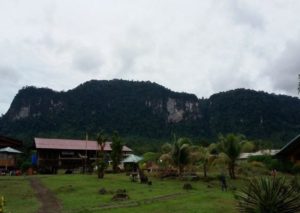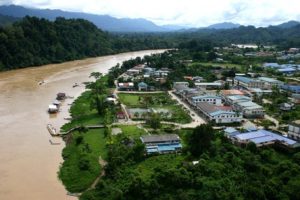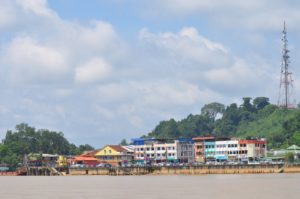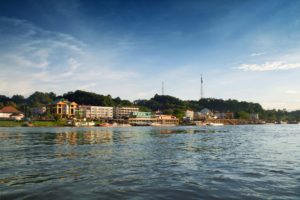Steel Industry
Steel Industry
Tax breaks and incentives – and the infrastructure steel demands.
The steel industry is one of the ten priority industries at the heart of the SCORE initiative. While total world consumption is currently flat, analysts are already predicting a future supply gap, with demand outstripping production in the ASEAN region by more than 12 million tonnes a year.
Sarawak’s low energy costs, good transport links, generous tax and financial incentives and flexible, well educated workforce are proving to be major attractions for investors in steel and ferroalloys.
The world uses more than 1.5 billion tones of steel per year. In developing countries, it is needed for new roads and railway lines, buildings and bridges, for gas, water and sewage pipelines and to build factories and machinery.
In more mature economies, steel is needed for consumer goods such as washing machines and refrigerators and for transport – cars, trains, trucks and buses – and in the construction of offices, factories and homes.
In fact, steel is so closely linked with prosperity that the amount of steel per inhabitant is often used as an index of a country’s development status. This figure, known as the ‘steel stock’, ranges from 0.1 tonnes per head in Ethiopia, Bangladesh and Vietnam to 8 or 9 tonnes per head in Western Europe, 10.5 tonnes per head in the US and 13.6 tonnes per head in Japan.
The biggest users of steel include many of the largest worldwide industries – construction (which uses 35% of the world’s steel), automotive and other transport (27%), metal products (20%), machinery (11%) and electrical equipment and domestic appliances (6%).
Overall global steel consumption is currently flat, but the latest figures show that demand for steel across the world’s emerging and developing economies – even excluding China – is still growing at a rate of 3.8% per annum.
Though China and the big Western economies have been slowing down, there is still plenty of potential elsewhere in the world. The ASEAN markets, in particular, have been singled out by forecasters as offering unique opportunities for sustained long-term growth.
Steelmaking is a demanding, energy-intensive industry that needs a well trained workforce and a comprehensive industrial infrastructure. It also calls for efficient transport facilities, as both raw materials and finished products tend to be large and heavy and can only be moved in bulk by sea.
SCORE’s unique ability to meet these needs, now and in the future, makes the region an ideal location for major steel production projects, especially for companies targeting those markets around the South China Sea.
Valuable investment incentives and long-term tax breaks offered by the state and federal governments have helped attract investments by major steel and ferroalloys companies, including a large-scale DRI (direct-reduced iron) steel mill in Samalaju for high quality hot rolled coil and cold rolled coil products.
But the SCORE strategy also depends on providing the right infrastructure, including cheap and reliable power and water supplies and Samalaju’s modern, well-equipped deep water port. RECODA has also worked closely with steel industry investors to create targeted promotions and incentives to encourage further investment in downstream processing facilities.
Over the longer term, there is expected to be unsatisfied demand for steel in the ASEAN region of about 12.4 million tonnes per annum – mostly for high quality flat rolled steel products. The market is likely to be increasingly dominated by large global players, including the major Chinese steelmakers, which are now under government pressure to relocate their heavy plant overseas.
By 2030, the steel industry could potentially be employing 7,200 people in the area around Samalaju and adding USD1 billion to GDP. The success of Sarawak’s steel mill will also trigger further investment in the development of downstream processing facilities, ideally positioned on the direct sea routes to Asia’s fast-growing end-user markets.


